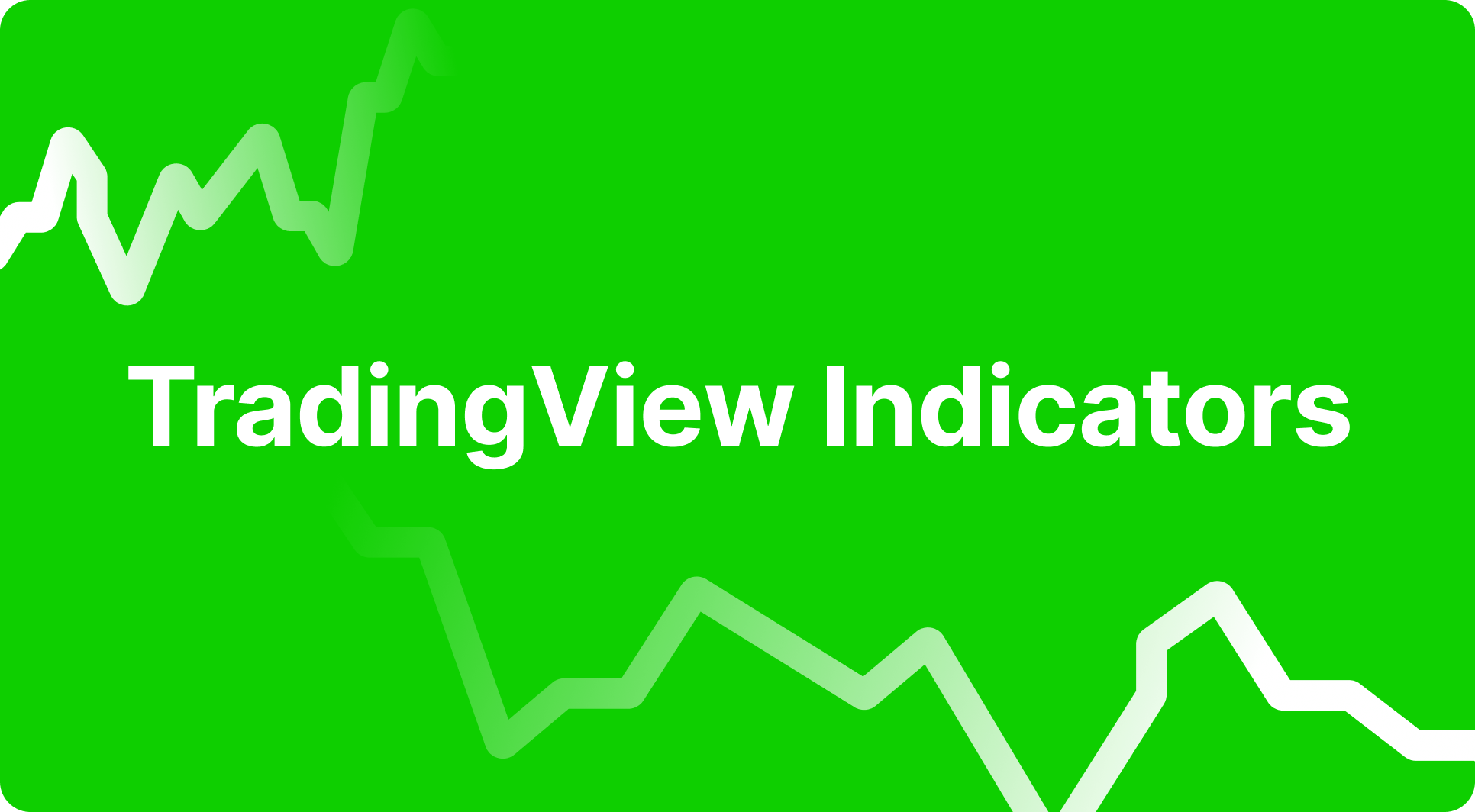
Today, technology has made trading much easier for everyone. With just a few clicks, traders can now see market trends, updates, and important numbers in real time. One of the best tools to help with this is TradingView. It gives traders access to free and paid tools called indicators. These tools help traders make better choices while buying or selling.
If you’re looking to become a smarter trader, knowing the Best TradingView Indicators is a great start. These tools help you understand what’s happening in the market and what might happen next. But with so many indicators out there, it’s important to know which ones are best for your trading strategy and style. Let’s explore the best TradingView indicators available on TradingView.
TradingView indicators are tools that show patterns or trends in the market. They look at old prices, trading volumes, and other data to help traders guess where prices might go next.
Each indicator works in a different way. Some focus on how many people are buying or selling. Others look at how prices have changed over time. Most indicators show this data with lines, shapes, or colors on your chart so you can see the trends clearly.
TradingView is one of the top platforms for traders. It offers thousands of indicators that help traders track the market and make smart moves. These indicators are made by TradingView, expert traders, or the TradingView community. You can find them in four groups: free, essential, plus, and premium.
You can use more than one indicator at a time to better understand what’s going on in the market. Here are the 8 most popular and Best TradingView Indicators you should know.
1. Volume
The Volume indicator shows how many trades are happening at any moment. It looks like bars below the price line.
When there’s a lot of trading going on, the bars are taller. This tells traders whether it’s a good time to get in or out of a trade. Volume is often used with other indicators to confirm trends.
2. Relative Strength Index (RSI)
The RSI is a great TradingView free indicator. It tells you if a stock is being bought or sold too much.
The stock may be overbought and the price may drop soon if the number is higher than 70.
The stock may be oversold and the price may rise if the number is less than thirty.
This helps traders decide when to buy or sell.
3. Moving Averages (MA)
Moving Averages help traders spot trends over time and are also widely available on TradingView alternative platforms. It looks at past prices to guess where the price might go.
You can set it to check price trends over a few days, weeks, or months. It’s simple and useful, which is why it’s used by beginners and pros alike.
4. Bollinger Bands
Bollinger Bands help you see how much prices are moving up and down. There are three lines:
The top line shows the high range.
The bottom line shows the low range.
The middle line shows the average price.
When the bands are wide, it means there is a lot of price movement. When they’re tight, the market is calm.
5. Stochastic Oscillator
This tool helps traders know when to enter or exit a trade. It compares the current price to prices in the past.
If the price is much higher or lower than before, it may be a good time to buy or sell. This indicator is great for spotting when the trend might change.
6. Fibonacci Retracement
The Fibonacci Retracement is often used with the Stochastic Oscillator. It helps find support (price won’t fall below this) and resistance (price won’t go above this) levels.
It is used to plan where to set stop-loss (to prevent big losses) and take-profit (to lock in gains). This helps in managing risk better.
7. Average True Range (ATR)
The ATR shows how much the price moves up and down. It’s helpful for understanding how stable or volatile the market is.
It’s usually used with other tools to get a clear picture. The ATR checks how far the price moves compared to its past, helping traders know how risky the market might be.
8. Ichimoku Cloud
This is a more complex tool. It uses several lines and shapes called "clouds" to show a lot of information.
The direction of the price
Support and resistance levels
Overbuying or overselling signals
Even though it looks confusing at first, it’s very powerful once you learn how to read it.
Adding indicators on TradingView is simple. Just open a chart and click on the “Indicators” button at the top. You’ll see a list of free, paid, and community-made indicators.
Free users can add up to two indicators on a chart. If you have a paid plan, you can add more indicators at once. This gives you better tools for making smart choices in trading.
The Best TradingView Indicators help traders understand what’s happening in the market and what might happen next. Whether you're new to trading or experienced, these tools give you a better chance to make smart and safe decisions.
With so many tools on TradingView, it’s important to find the ones that match your strategy. The eight indicators listed above are some of the most helpful ones used by traders around the world. Use them to study price trends, spot entry and exit points, and reduce your risks while trading.

Indrapal Prajapat is a skilled crypto writer with 5 years of experience in blockchain, DeFi, NFTs, and Web3. He creates SEO-optimized content that helps readers understand the latest trends in cryptocurrency. Indrapal specializes in writing articles, news updates, and analysis for crypto projects, exchanges, and Web3 innovations. He focuses on making crypto knowledge accessible to everyone, from beginners to expert investors. His content helps investors make smart decisions. He stays updated on the latest trends, helping investors make informed decisions.